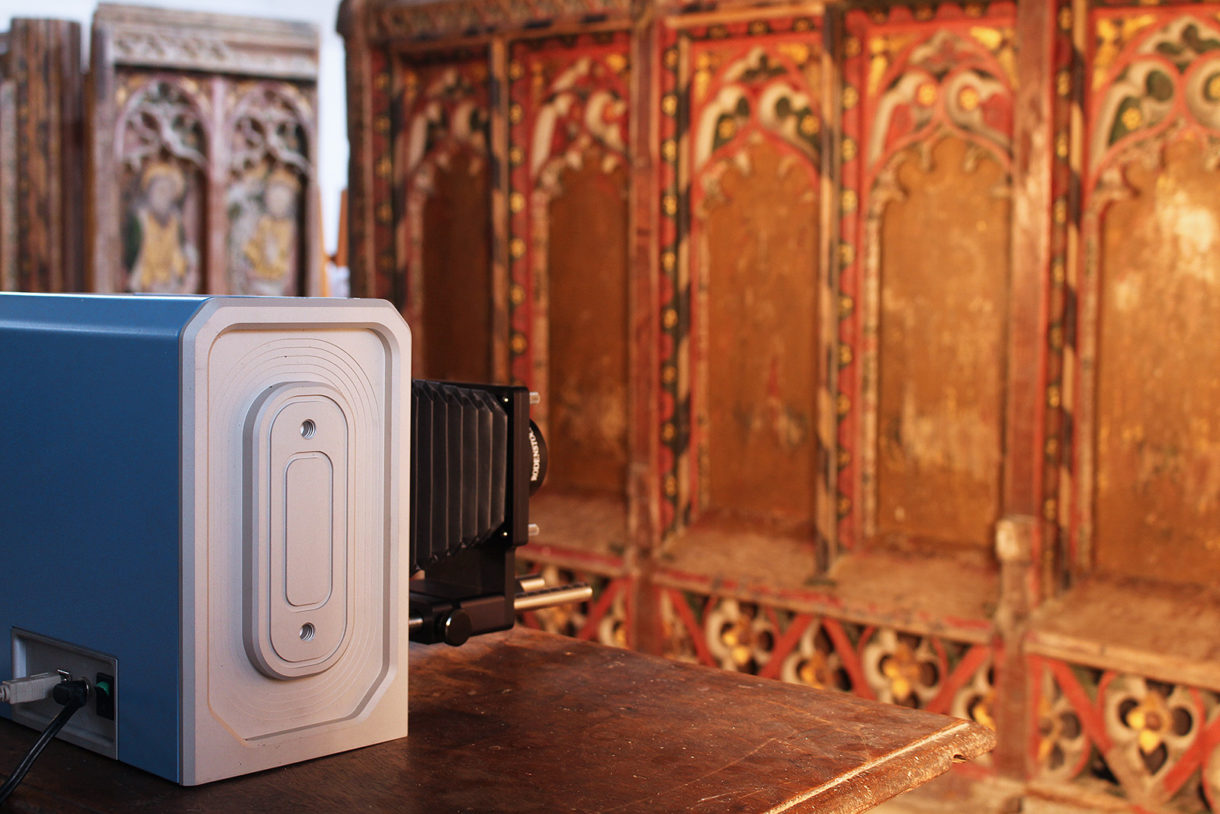‘Alla Maniera’
Technical art history and the meaning of style in 15th to 17th century painting
Ever since 15th and early 16th century writers used the word maniera to describe an artist’s personal style, the term has known many ambivalent meanings. Alla maniera di … implied the deliberate and eclectic imitation of someone else’s style (for example that of Raphael or Michelangelo) and also offered the possibility that an artist had more than one maniera at his or her disposal.
This ambivalence presents a challenge for stylistic analysis which has always been an important art historical tool for dating, situating and attributing works of art. For painting, this has traditionally been limited to the surface appearance but technical examination and scientific analysis now reveal additional layers of information that may offer a better and even different understanding of style. Infrared photography and reflectography can reveal underdrawing and offer insights on technique and working methods. Imagery and analysis often bring to light more details on the development of the composition, the paint layer structure and materials used. Recent developments in artificial intelligence may offer alternative perspectives on these questions.
The symposium focusses on how technical research can provide additional insights or challenges concerning the style of an individual painter, a workshop or a group of painters. Stylistic similarities might indicate cultural, social, geographical or chronological connections in paintings, drawings, prints, applied arts, etc. as well as across artistic media.
The language of the symposium is English. The papers will be published by Peeters Publishers.
The international and interdisciplinary biennial ‘Symposium for the Study of Underdrawing and Technology in Painting’ is alternately organised by the Royal Institute for Cultural Heritage (Brussels), its Centre for the Study of the Flemish Primitives, Illuminare (Centre for the Study of Medieval Art, KU Leuven), UCL (Louvain-la-Neuve) and Musea Brugge and its Flemish research center for the arts in the Burgundian Netherlands.
Organising committee
Visit the event website here.
